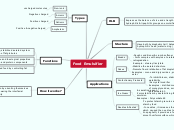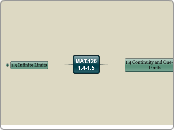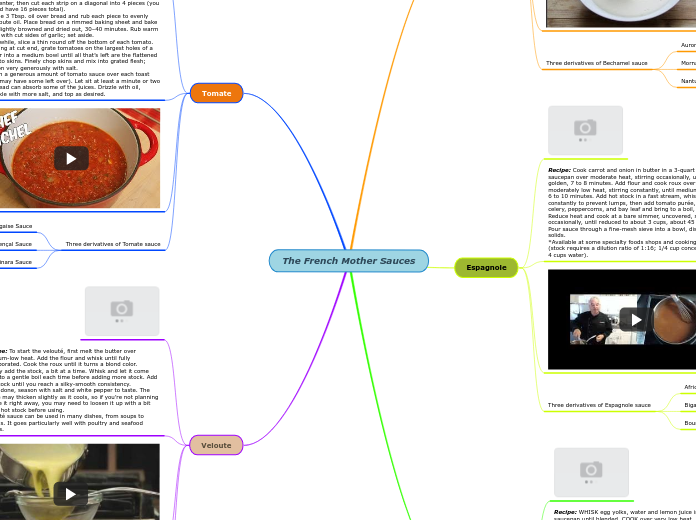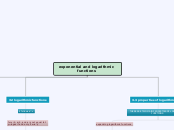MAT.126
2.2-2.3
2.3 Product and Quotient Rules and Higher-Order Derivatives
The derivative is important to three of the four major problems that led to the development of calculus.
The tangent line problemThe velocity and acceleration problemThe minimum and maximum problemFind a higher-order derivative of a function
Taking derivatives of derivatives.
Position
Velocity
Acceleration
Jerk
We've been finding first derivatives.
The second derivative is the derivative of the first derivative.
The fifth derivative is the derivative of the fourth derivative.
Find the derivative of a trigonometric function
d
---[ tan x ] = sec^2 x
dx
d
---[ cot x ] = -csc^2 x
dx
d
---[ sec x ] = sec x tan x
dx
d
---[ csc x ] = -csc x cot x
dx
Trigonometric Identities
Algebra!
Simplify
Constant Multiple Rule
Rewrite when necessary
Use lots of parentheses
Find the derivative of a function using the Quotient Rule
The product f/g of two differentiable functions f and g is itself differentiable at all values of x for which g(x) is not zero. Moreover, the derivative of f/g is given by the denominator times the derivative of the numerator minus the numerator times the derivative of the denominator, all divided by the square of the denominator.
d f(x) g(x) f'(x) - f(x) g'(x)
---[ ---- ] = ------------------------, g(x)<>0
dx g(x) [g(x)]^2
Find the derivative of a function using the Product Rule
The product of two differentiable functions f and g is itself differentiable. Moreover, the derivative of fg is the first function times the derivative of the second, plus the second function times the derivative of the first.
d
---[ f(x) g(x) ] = f(x) g'(x) + g(x) f'(x)
dx
2.2 Basic Differentiation Rules and Rates of Change
Use derivatives to find rates of change
Average velocity = secant line (no limit)
Instantaneous velocity = tangent line (limit)
Speed is the absolute value of velocity (velocity is a vector quantity).
Find the derivatives of the sine function and of the cosine function
d/dx[sin x] = cos x
d/dx[cos x] = -sin x
Find the derivative of a function using the Sum and Difference Rules
The sum (or difference) of two differentiable functions f and g is itself differentiable. Moreover, the derivative of f+g (or f-g) is the sum (or difference) of the derivatives of f and g.
Find the derivative of a function using the Constant Multiple Rule
If f is a differentiable function and c is a real number, then cf is also differentiable and d/dx[cf(x)]=cf'(x).
Using parentheses when differentiating
Find the derivative of a function using the Power Rule
The derivative of a power function x^n is nx^{n-1} for n a rational number.
For f to be differentiable at x=0, n must be a number such that x^{n-1} is defined on an interval containing 0.
Finding the equation of a tangent line
Evaluating the derivative to find the slope at a point
Rewriting
It is very useful to rewrite radicals into rational exponent form and to write variables in the denominator of a fraction in negative exponent form.
x
The derivative of x is 1.
This follows from the fact that the slope of the line y=x is 1.
Find the derivative of a function using the Constant Rule
The derivative of a constant function is 0.
This means that the slope of a constant function is 0.









